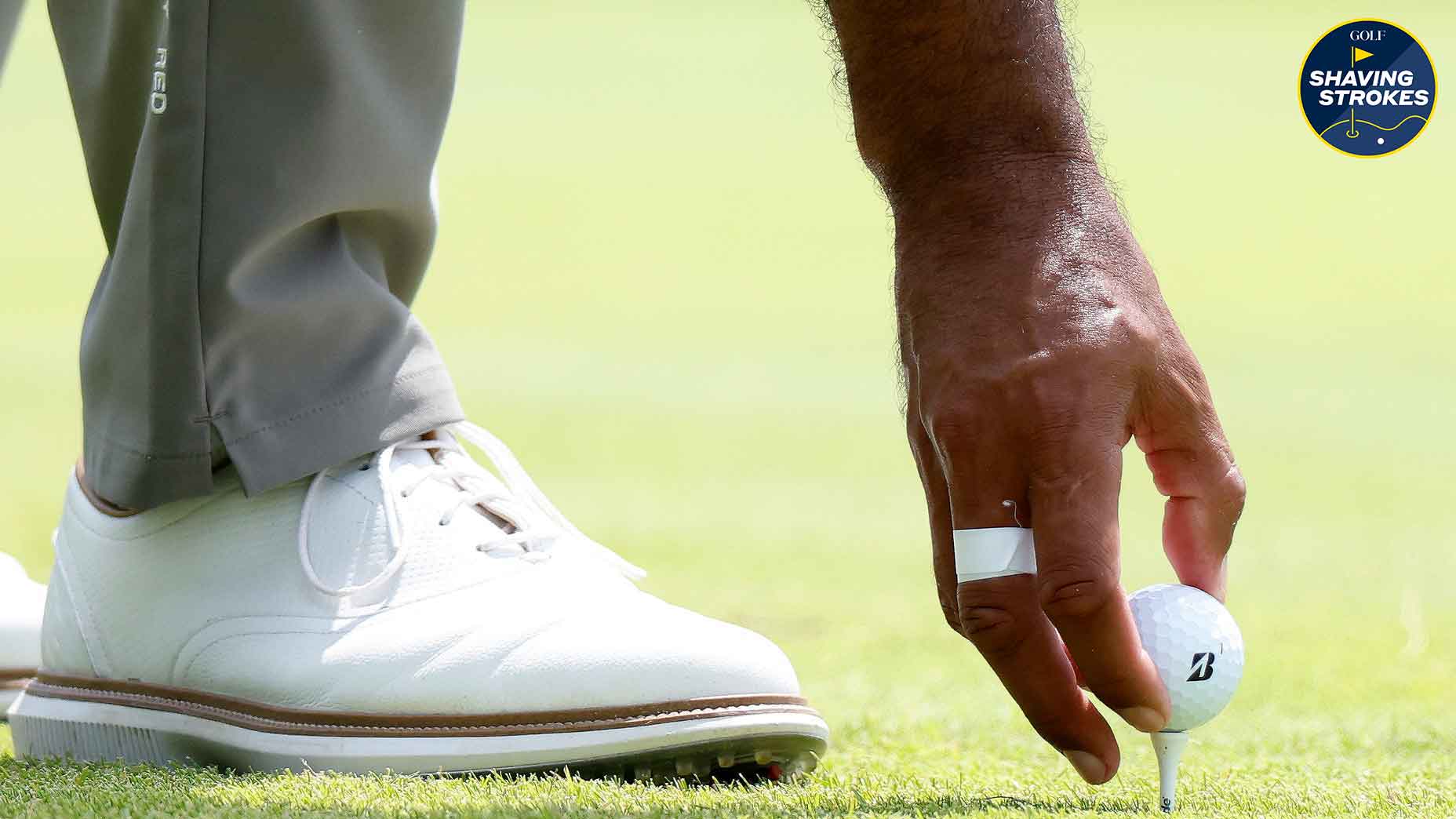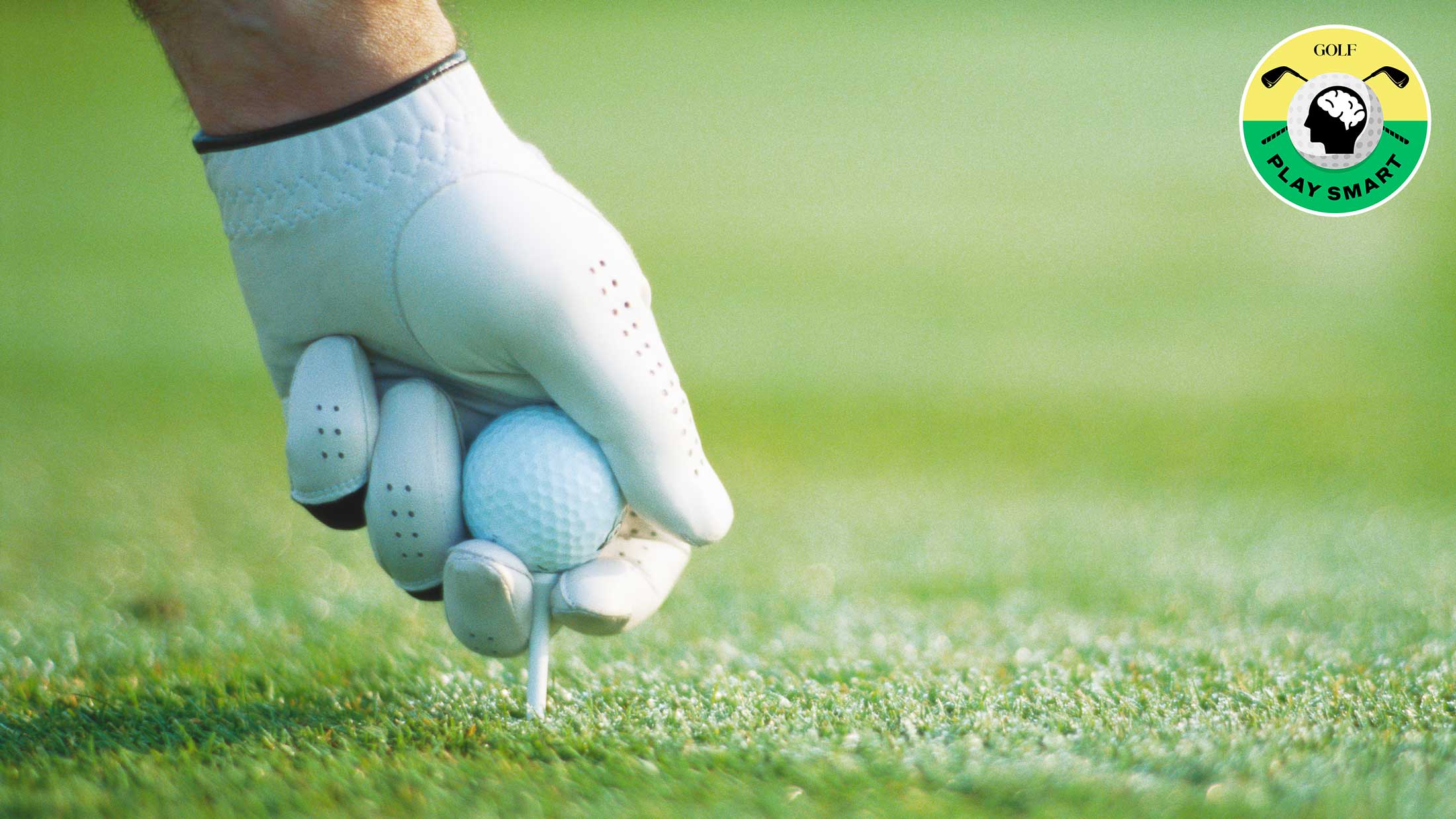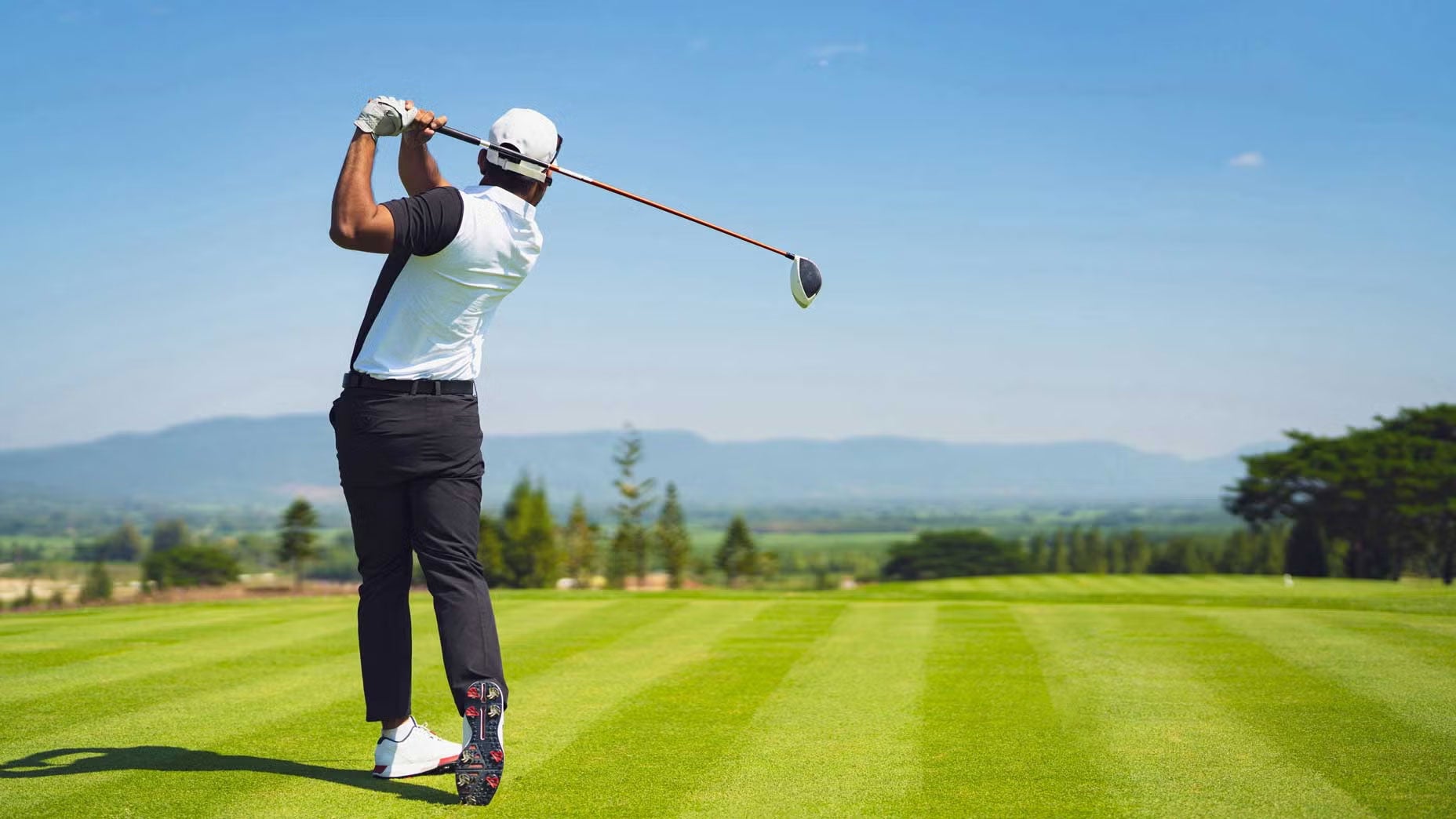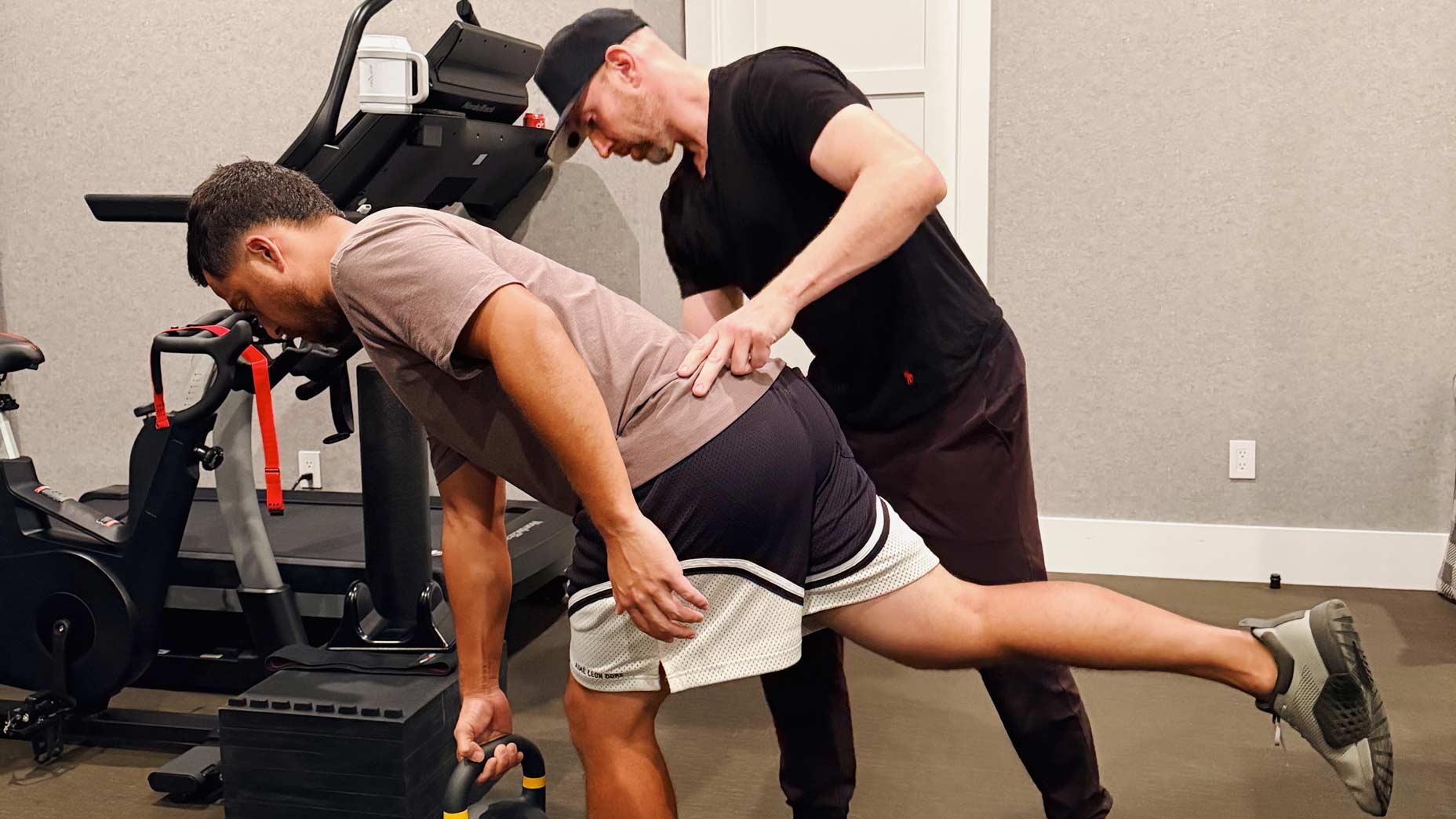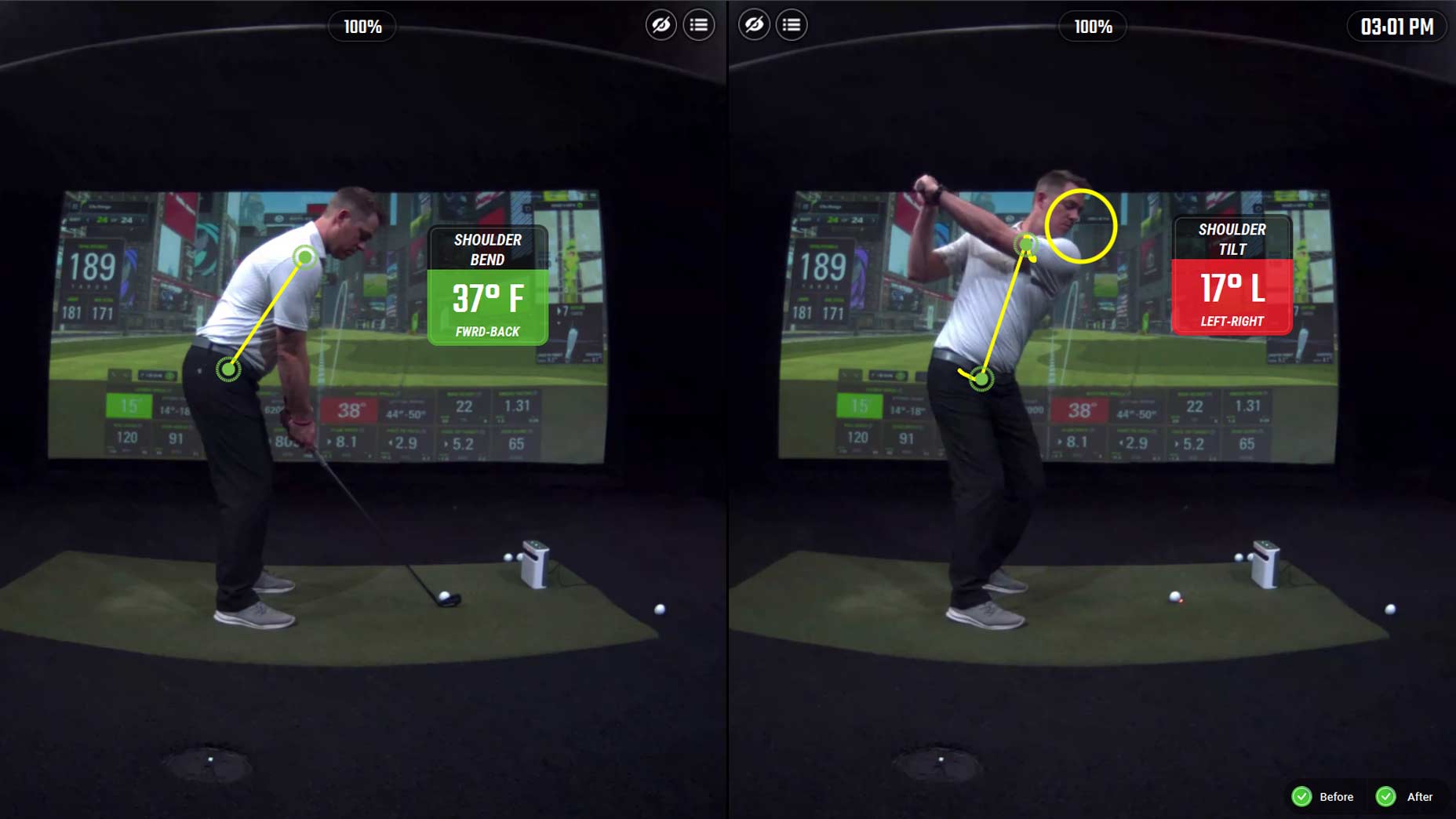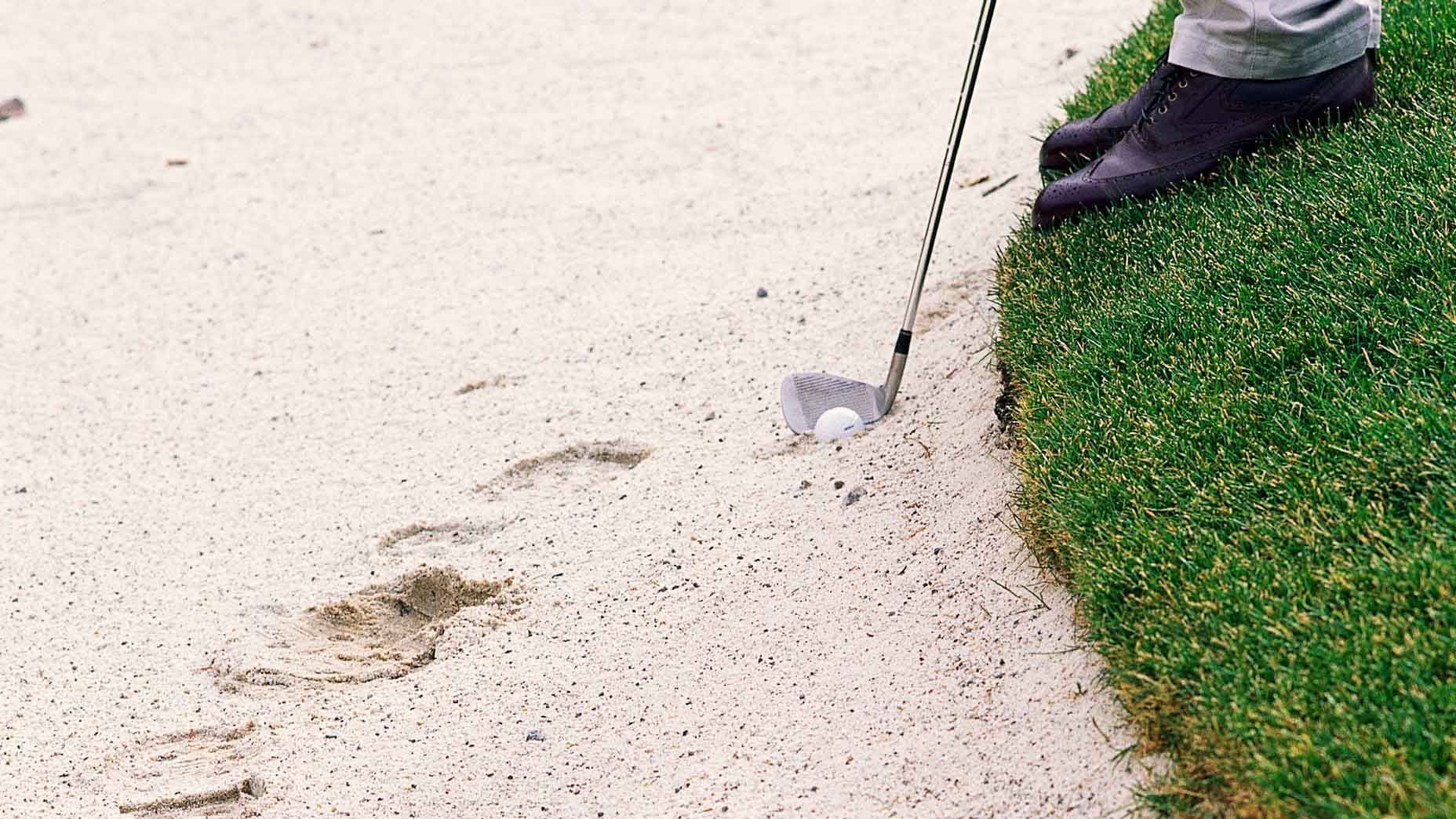Welcome to Shaving Strokes, a GOLF.com series in which we’re sharing improvements, learnings and takeaways from amateur golfers just like you — including some of the speed bumps and challenges they faced along the way.
For some reason, tee height is always a common topic of conversation amongst friends out on the golf course. It also happens to be a hot topic for GOLF readers as well, with many players wondering what the proper tee height should be.
While there are plenty of opinions on how high or how low the ball should be teed up, one thing I recently wondered was how the height impacts shot-shaping.
This is the ‘optimal’ tee height for your driver, according to a Top 100 TeacherBy: Nick Dimengo
For example, I’ve just now gotten to the point where I’m starting to experiment with purposely hitting draws and fades off the tee — depending on the hole’s layout, conditions, etc. While it’s still foreign to me, I want to make sure I’m giving myself the best chance to execute the shot I have in my head.
So I tapped GOLF Teacher to Watch Derek Swoboda to get his thoughts — and he shared some really helpful info about how tee height should change when hitting a draw versus a fade. You can see his tips below.
How tee height affects your intended shot
Does the tee height you use influence your draws and fades? Of course it does — but do you know by how much, and why?
Here’s a bit of the science behind the height of the tee and how it impacts these types of shot shapes.
Lower tee height
When the tee height is lower to the ground, there are multiple factors at play.
First, you need to be aware of where the ball impacts the clubface. When you tee it lower, it’s more likely to impact the bottom half of the clubface — which increases the spin rate to move more into a fade pattern.
Next, be aware of how a lower tee height and the ball position will change your angle of attack.
When the ball is lower to the ground, attack angles become steeper in order to compress the ball more efficiently. Moving the ball back in your stance can also create a steeper angle of attack and less time to close the clubface — which is ideal when you’re playing a power fade.
Higher tee height
Unlike a lower tee height, when the ball is teed up higher, it will naturally make impact higher up on the clubface — which allows for higher launch angles and less backspin (as well as more side spin).
Instead of using a more forward ball position with a lower tee height, on higher teed balls, move it more forward in your stance to help increase your angle of attack. Doing this allows the club more time to travel upward, while giving the clubface more time to close.
By doing the above, you’ll have a more natural draw to your ball-flight.
Additional curve principles
It’s also important to understand other influences on your ball-flight.
While ball position was mentioned above, the reason it’s so important for shot-shaping is because of how it’s a “path-shifter” — and allows the club to contact the ball at different moments in the swing arc.
Another important principle to be aware of is the position of your feet. When your front foot is back, it moves your swing path more out-to-in. When the trail foot is back, it moves the club path more in-to-out.
By following these guidelines, you’ll have more control of the shape of your shots, while ensuring proper contact on the clubface.
